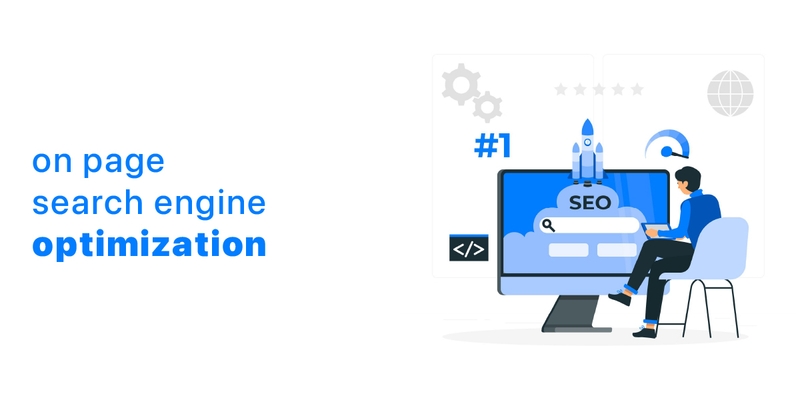On-page SEO is the process of optimizing individual pages of content to earn better ranks in search and drive relevant traffic. It includes tactics that help a single page rank for a primary target keyword.
When you are starting on-page SEO, It will be better to follow the on-page SEO checklist.
On-page SEO checklist
1. Researching keywords
These keywords should be included in the description on your webpage.
These keywords should bring traffic to your website.
2. Selecting a primary keyword
This keyword needs to be familiar with the users and this keyword should be included in the title,URL and description.
Do not assign the primary keyword for more than one page. If you use the same keyword on more than one page, it will cause keyword cannibalization. (Keyword cannibalization - Simply it says google cannot find which content to rank higher).
Identifying and fix keyword cannibalization
3. Create content based on keywords
4. Write a unique meta title
5. Write 1 h1 title with the title or with a keyword
You can write 5 of h2 and 15 of h3 if you want.
6. Write more than 300 words in your body
Higher word count helps google to get a better understanding.
7. Use keywords in the content to make 2-3% keyword density
You can use keywords two or three times for 100 words. This will make your keyword density between 2-3%
8. Add internal links
Links help search engines connect and understand online content.
9. Add at least one image with alt attribute\
If you are writing blog posts, You need to add at least one image to the post
10. Add a meta description
It also helps search engines understand the content and is displayed on SERPs.
11. Add Robots.txt and Sitemap.xml
Sitemap contains all pages and robots.txt can manage restrictions. Find more about robots.txt and sitemap.xml
12. Add at least one analytics tool
Web analytics is important to grow your business website, it will provide you with visitor data so you can identify what they are doing on your website.
Additional notes
- Remove iframes if included
- Remove underscores in the URL
- Add alt attribute for every image
- Make your site speed
- Create a custom 404 page
- Make the site mobile friendly


